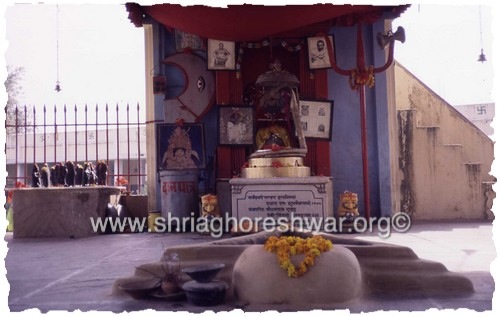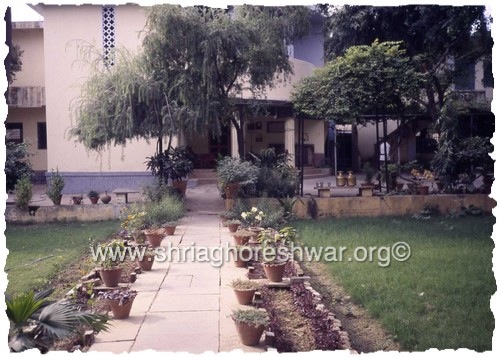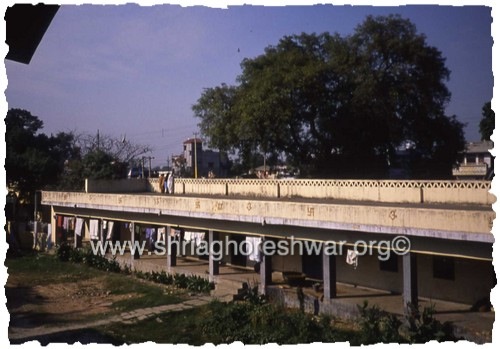Percorso
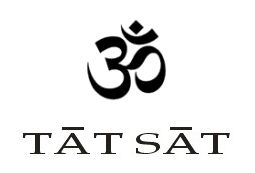
Kusht Seva Ashram
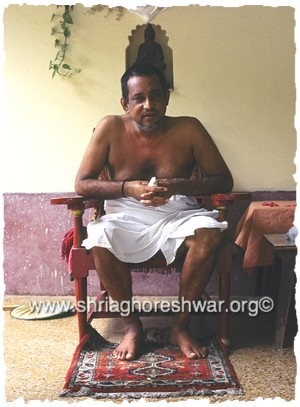
Shri Aghoreshwar, Kusht Seva Ashram 1987
Kusht Seva Ashram at Paraw, Varanasi, is where Shri Aghoreshwar started the social work of the association he created in 1961, Shri Sarveshwari Samooh.
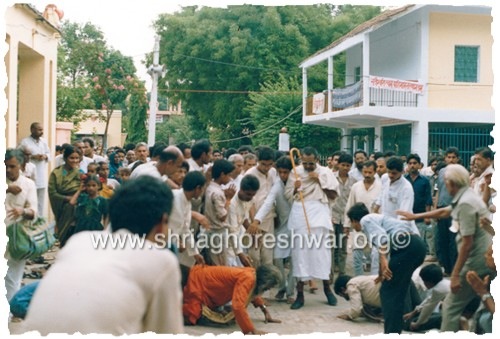
Shri Aghoreshwar in Guru Purnima, Paraw ashram 1987
After spending some years in different places of the city, some devotees gave to the very young Master the land where to realize the vision of Universal Family (Samooh).

Panchamukhi Shiva – Kusht Seva Ashram
On that bank of the river, inauspicious according to orthodox belief, there was a forest, theatre of several suicides, that was considered haunted by ghosts and therefore avoided. G.T. Road, the artery that for millennia has connected the heart of India with the heart of Asia, runs along this place before crossing the river and entering the city at Raj Ghat. Young Aghoreshwar built a hut in that forest and started the path that led him to quickly draw the attention of the nation.

Temple and offices, 1987
He decided that as a modern Aghori his line of conduct was to help a society that was still torn by the painful contradictions of a culture just returned master of its fate.
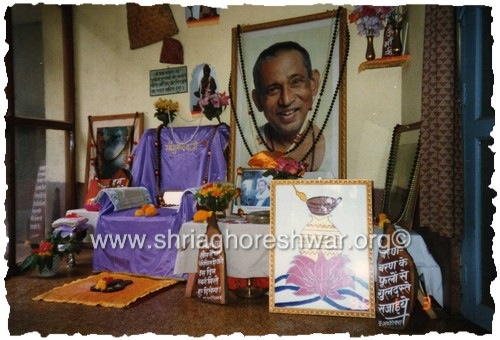
Shri Aghoreshwar’s Gaddi, Kusht Seva Ashram 1996
Lepers, in great numbers even today, were thrown out of their houses and out of the communities they belonged to. To these wretches there was nothing left to do but try to survive by begging on the fringe of society.
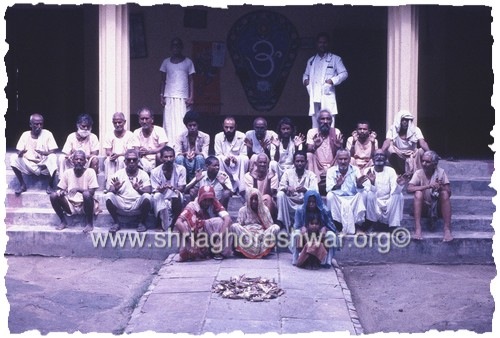
Some patients at the leprosarium
This was the first goal Shri Aghoreshwar wanted to reach: giving shelter and comfort to these sufferers. Kusht Seva Ashram means Ashram for Service of Lepers, and here the young Master began curing this terrible disease.
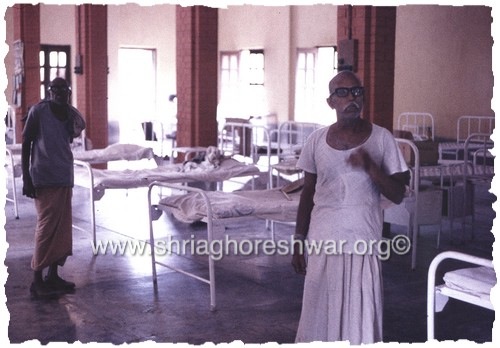
Hospital rooms
The main remedy Shri Aghoreshwar himself formulated and made in the inner pharmacy, used to prepare recipes derived from Siddha Medicine, was an oil obtained after a long and laborious process to apply on the suffering parts. Patients were lodged in a proper structure, surrounded by fields producing part of their food requirements. Many years later Kusth Seva Ashram will be registered in the Guinness World Records for the greatest number of successes in treating leprosy with traditional medicine.
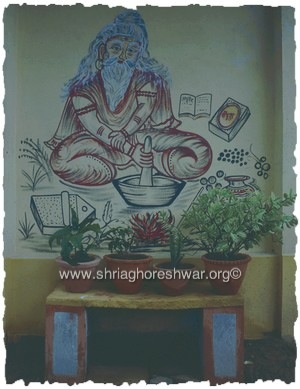
Ayurveda
Then Shri Sarveshwari Samooh began facing issues causing strong conflict in the Indian society. He initiated Shri Sarveshwari’s Marriage to oppose the deplorable dowry custom, a morally questionable tradition, devastating for family finances.

Shiva Lingam
Another crucial point was the cost of religious rituals Hindus must undergo out of social and caste duty. Shri Aghoreshwar taught how to observe spiritual duties without officiating expensive rituals. Aghoris’ rites are simple, easy to perform and can be carried out by anybody.
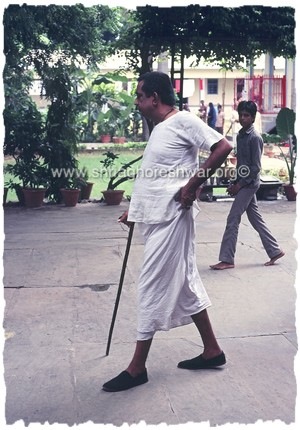
Shri Aghoreshwar, Paraw Ashram 1990
Women’s condition in the Indian society was faced by Shri Sarveshwari Samooh’s female division while the young had a division to bring their ideas.
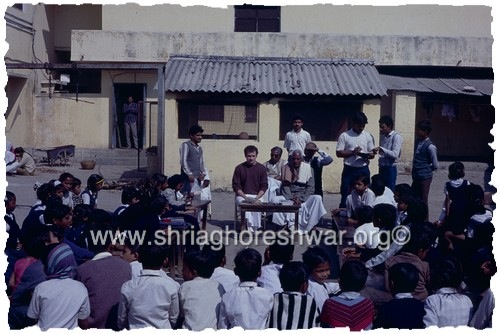
Guru Baba in ashram school, 1989
The ashram was equipped with a medical dispensary, a school until lower secondary school and a small printery, the Aghori Press.
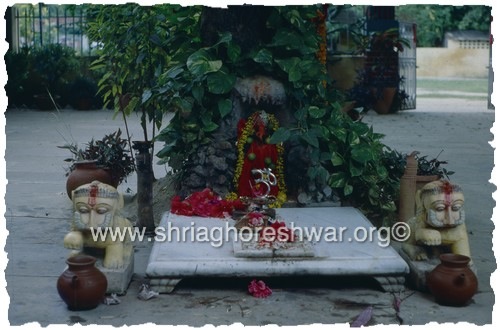
Ganes Pith, Kusht Seva Ashram
Now Kashi could be aware of having a new great Aghori, worthy of Baba Kina Ramji’s fame.

Baba Kina Ramji, Kusht Seva Ashram
Aghori renaissance started from inner printery and was brought to the world’s attention. During those years only a few knew the real and deep meaning of the word Aghori while the tales of the people often interpreted it negatively. Paraw Aghori Press began publishing the fortnightly magazine Sarveshwari Times which, by spreading the teachings of the Master, revealed Kinaramis’ real face. Many were also the book coming from the printery over the years and being the only original literature about Aghoris ever brought out in modern times.
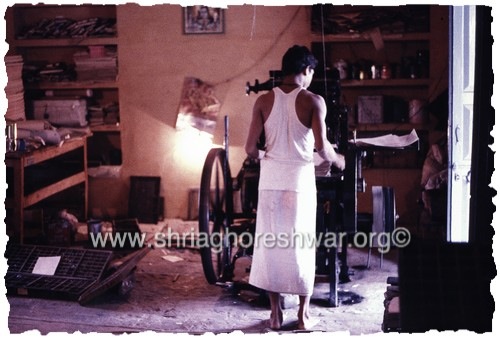
Ashram printery, The Aghori Press – 1987
Towards the end of the Eighties, the ashram was named Aghor Pith Shri Sarveshwari Samooh Sanstan Devastanam but a sign reminding of the original name is still visible at the entrance to the ashram.
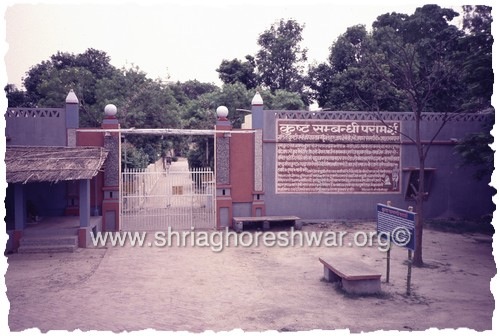
Kusht Seva Ashram entrance, 1989
All the branches of Shri Sarveshwari Samooh and the other associations Shri Aghoreshwar was in charge of, such as Avadhoot Bhagwan Ram Trust, Aghor Parishart Trust, etc., will be run from these headquarters.
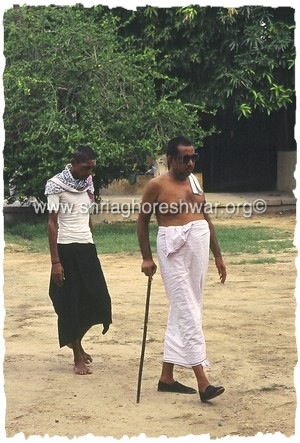
Shri Aghoreshwar walks in the ashram
The lines Shri Aghoreshwar took, of a non parasitical and self-sufficient association, far from business and religious opportunism, turned out to be successful and Paraw ashram had great visibility.
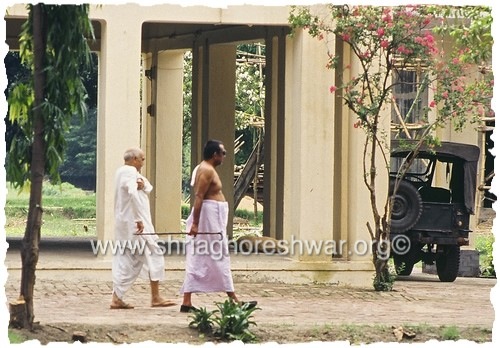
Shri Aghoreshwar at the ashram
His reliability and authenticity were incontestable and thousands were disciples, visitors and onlookers coming every year to see the Master. Some Indian Prime Ministers visited Paraw ashram that, in thirty years, had evolved from a simple local reality into a national point of reference, one of the best examples of concrete expression of the ancient spirituality of India.
![]()

